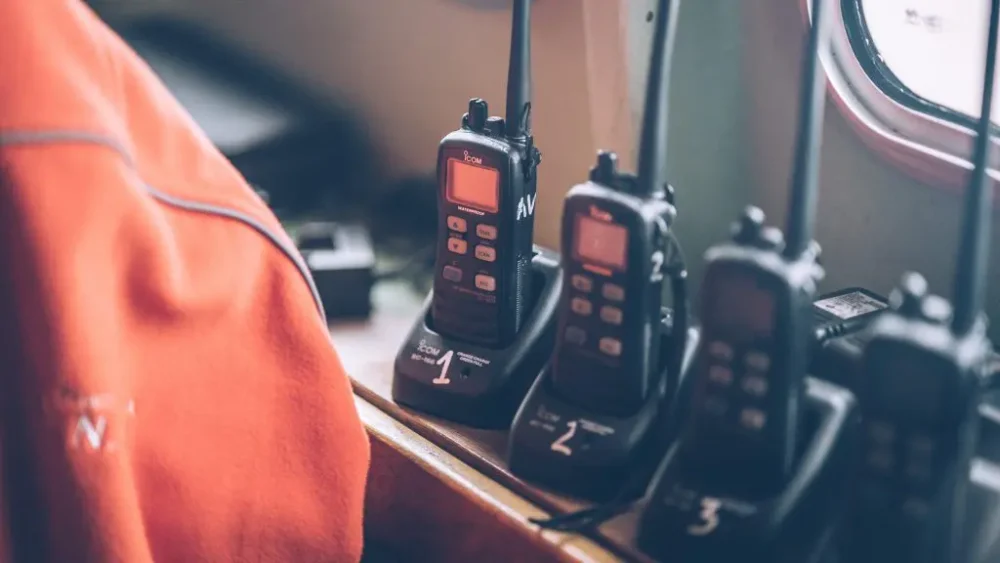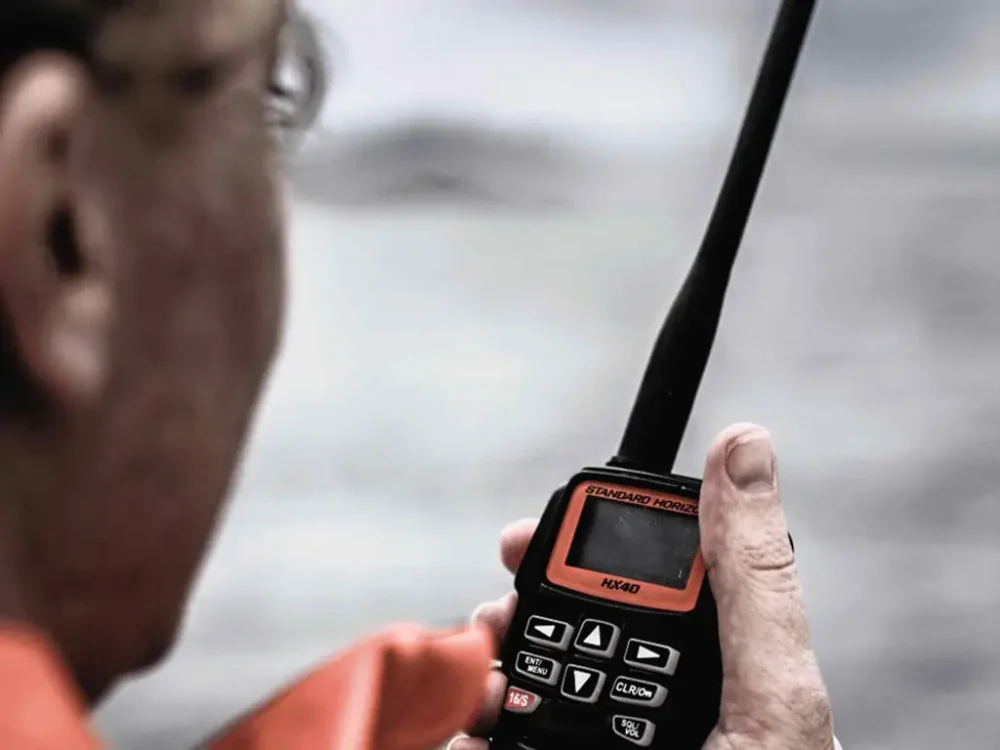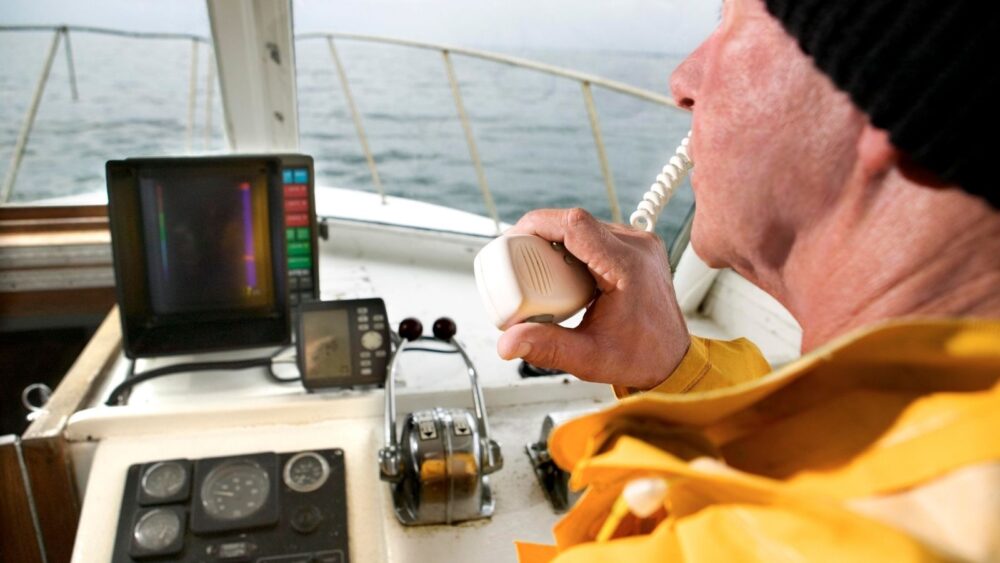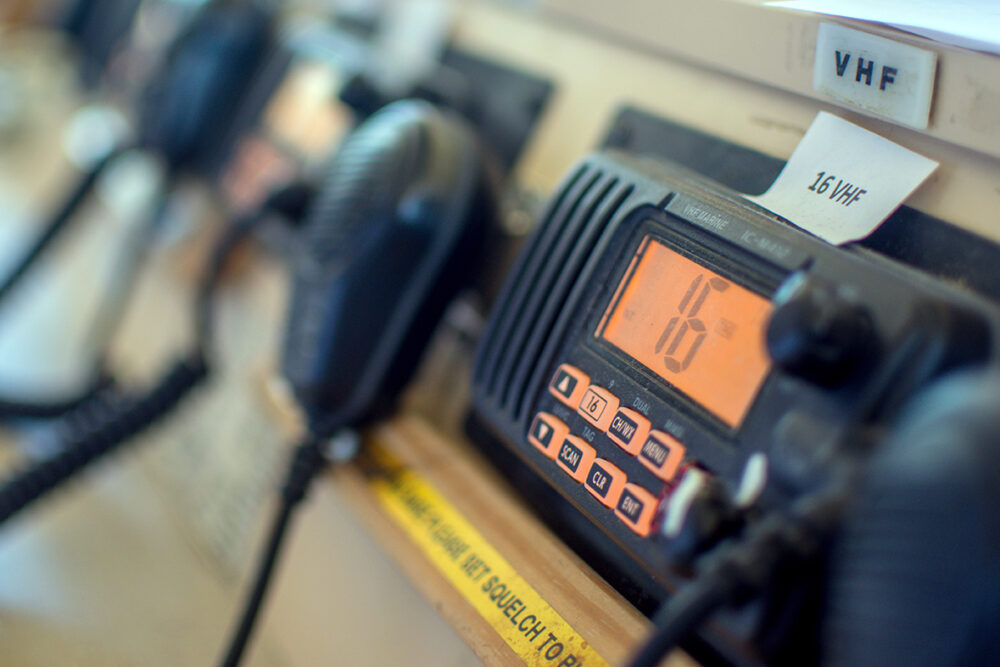This guide is designed to provide you with the information and knowledge required to become a successful VHF radio operator. A Very High Frequency or VHF radio is an electronic device that operates at frequencies between 30 MHz and 300 MHz and is used for communication on short distances, typically covering a radius of up to 80 kilometers for small portable two-way transceivers. This type of radio operates differently from other types of radios, such as cell phones, which are used for running phone networks and broadcasting waves over much greater distances.
Equipment and Licensing Requirements

Source: factcity.com
In order to become a qualified VHF radio operator, individuals must have an FCC ship station license, often referred to as a marine radio operators permit (MROP), and should take a VHF Radio Operators Course. To obtain an MROP, applicants must meet eligibility requirements and pass the FCC Marine Radio Operator Test. Individuals who already possess an Amateur Radio Operator certificate are not required to take this test. Additionally, depending on their location and the type of vessel they plan to use the radio on, they may need additional licensing.
Additional equipment requirements include a VHF radio with Marine Band transmitters and receivers, and trained personnel onboard vessels able to use it properly and adhere to applicable regulations regarding communication procedures. All boats are required by law to carry appropriate communication equipment on board depending on vessel size; however, not all that is required may be specific for VHF radios.
Basic Operation Tips
To become a VHF radio operator, it’s important to learn the basics of how to properly operate a VHF radio. Here are some tips for safely and effectively utilizing it:
- Make sure you know the proper terminology used during any conversation you have on your VHF radio. This includes common abbreviations and code words that are used by other operators on the channel.
- Familiarize yourself with the channel frequencies associated with your types of communication, such as ship-to-ship conversations or amateur communications.
- If you are using a mobile or hand-held VHF radio, be sure to use an antenna that is suited for the type of network you wish to communicate on—this will ensure that your transmission has enough range for successful communication.
- Always adjust your transmit power output according to regulations set forth by your jurisdiction; this will help prevent interference from other networks in your area and maintain the safe operation of your VHF station while on air.
- When in a conversation over the air, always abide by necessary call signs and net protocols so that everyone has an efficient interaction without disrupting other stations or conversations on adjacent channels; this is especially important when participating in public conversations over unsecured channels where there can be hundreds of stations active at any given time!
Troubleshooting Common Issues

Source: cruisingworld.com
It’s important for operators to be aware of common issues that can arise when using the radio and be familiar with techniques for troubleshooting these problems. Some of the most common issues include a weak transmission signal, loud background noise or interference, and difficulty hearing other stations.
Weak Signal Strength: Low transmission power, high background noise levels, and transmitter location can all lead to a weak signal. To increase the strength of your signal, make sure you are using an appropriate antenna type to match your frequencies, check your input settings, and try switching transmitters if possible. If changing location is an option, relocate closer to another transmit tower.
Background Noise & Interference: Identifying what type of noise and where it is coming from can help you understand how best to improve reception in that area which may involve making changes to equipment settings such as frequency agility or reducing RF power output. Make sure all cables are correctly connected and shielded before attempting any adjustments.
Difficulty Hearing Stations: Your receiver’s RF gain setting could be set too low or too high causing signals from those stations to become drowned out by stronger signals or not heard at all — try adjusting this control if you’re having difficulty hearing someone on a certain frequency.
Advanced Tactics
For those already familiar with basic VHF communication techniques, there are several more advanced topics to explore. This includes specific modes such as differential GPS (DGPS) and frequency hopping (spread spectrum) which use special coding systems for more secure transmissions.
Radio direction finding (RDF) tracks both stationary and mobile signals from motor vehicles or ships at sea. Radio receiver design allows for better reception in weak signal areas by improving selectivity for narrow band pass widths or algorithms for antenna tuning optimization. Automatic frequency control can also be employed in order to overcome frequency drift due to changes in temperature or humidity. In addition, advanced VHF radio operators should be fully knowledgeable about applicable international regulations such as distress frequencies assigned by the International Maritime Organization (IMO).
Safety and Emergency Procedures

Source: savvy-navvy.com
When used correctly, VHF radios can be an important means of relaying messages from one vessel to another concerning weather forecasts, navigational warnings, or other topics of relevance. Safety concerns regarding operating on WATERS channels must always be taken into consideration, especially during distress calls where there may be multiple vessels involved. In the event of an emergency or distress call, the operator must ensure they are transmitting their message clearly and concisely with all relevant information included such as vessel location and intention while also monitoring traffic on other frequencies if needed.
Emergency procedures vary by country and region so it’s best to familiarize oneself with the regulations in their area prior to using a VHF radio so as to better understand how emergencies should be handled when using this form of communication.
Knowledge of proper etiquette using appropriate language is essential – this includes refraining from transmitting any type of obscene or informal language which could impede clear communications between vessels. Safety procedures such as these will not only help those who may require assistance in an emergency but also help reduce complications arising from the incorrect use of a VHF radio in everyday operations.
Conclusion
Becoming a VHF radio operator is not an easy task, and proper research should be done before taking on the challenge. With the right guidance, though, it can be a rewarding journey that will give you access to all kinds of opportunities in your chosen field. We hope our guide has given you everything you need to get started and make the best decisions for yourself and your career as a VHF radio operator. Good luck!


















